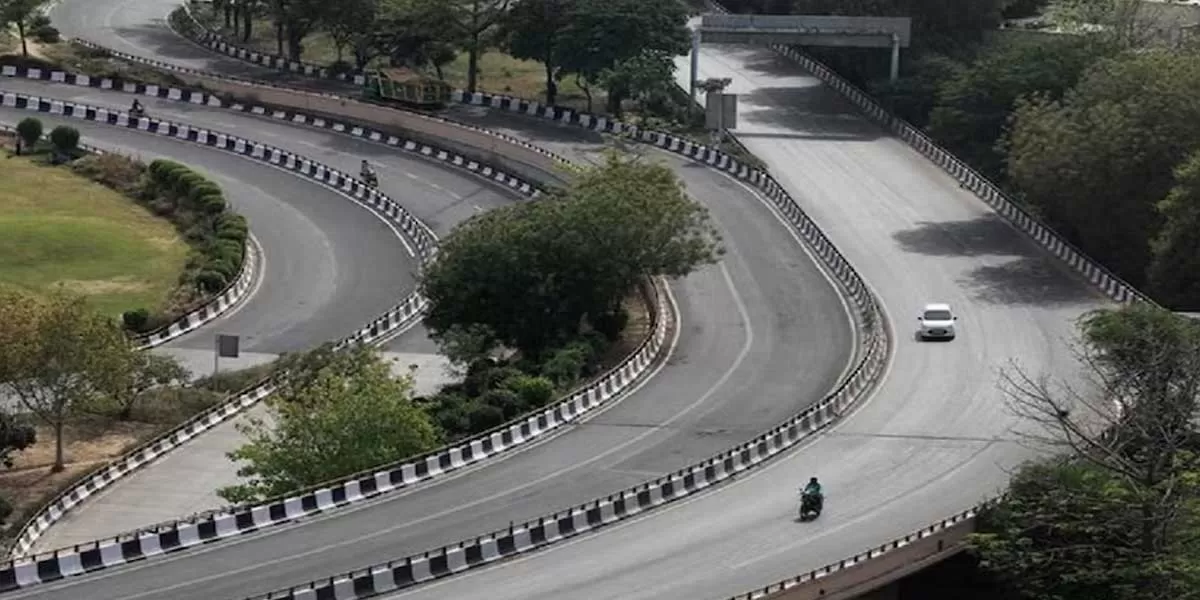In a bid to support India’s goal of becoming a $30 trillion economy by 2047, MoRTH has identified a 50,000 km high-speed highway corridor network using GSTN and toll data. By December 2024, the Ministry had operationalized 4,693 km of this network, with 4,827 km expected to be completed by FY25. Significant expressway projects such as Delhi-Mumbai, Delhi-Dehradun, and Bengaluru-Chennai are also set to complete this year, further transforming national connectivity.
For FY25, the government plans to construct 10,400 km of national highways, with the National Highways Authority of India (NHAI) targeting 5,000 km. Despite a slight dip in construction performance to 4,900 km in the first eight months of FY25, toll collections are projected to exceed Rs 70 billion in 2024. NHAI’s asset monetization efforts, including TOT, Infrastructure Trusts (InVIT), and SPVs, generated Rs 40 billion in FY24.
The government aims to award 12,900 km of highway projects in FY25, marking a 50% increase over FY24, driven by the National Infrastructure Pipeline and enhanced Union Budget capital expenditure.


